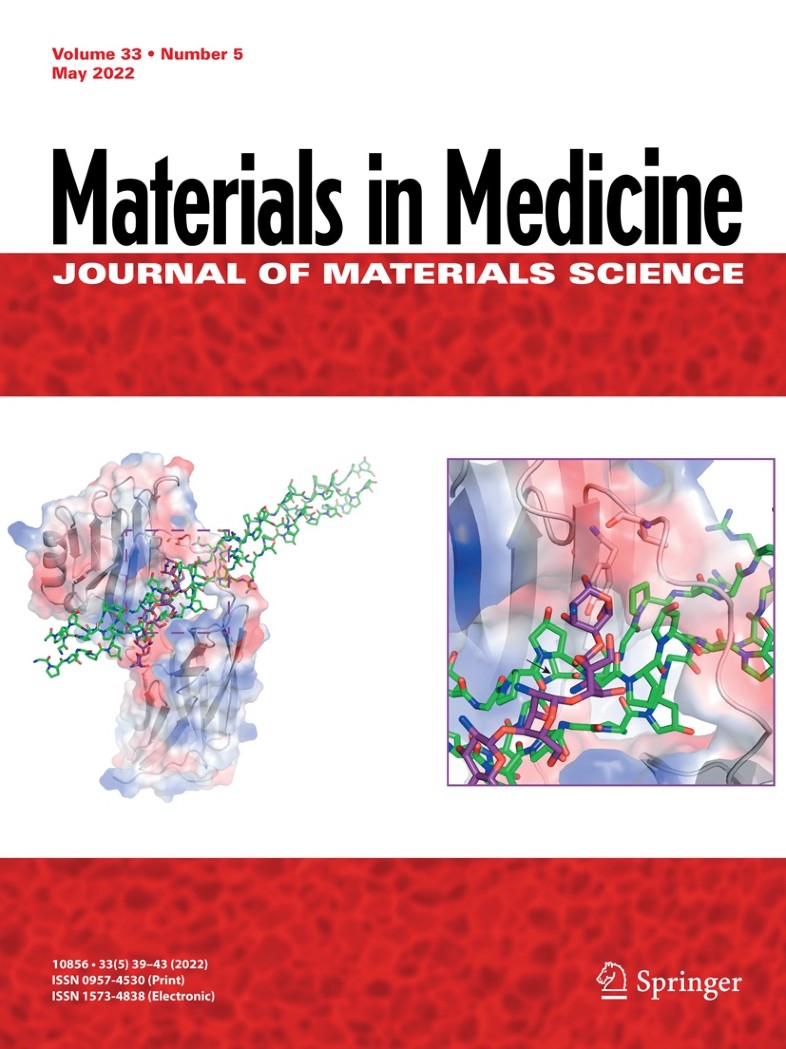Demonstration of therapeutic effect of plasma-synthesized polypyrrole/iodine biopolymer in rhesus monkey with complete spinal cord section
Abstract
Spinal cord injury (SCI) can cause paralysis, and although multiple therapeutic proposals have been developed in murine models, results have hardly been replicated in humans. As non-human primates (NHP) are more similar to humans than rodents, the current study investigated whether it was possible to reproduce in a NHP, the previously obtained beneficial results by using a plasma-synthesized polypyrrole/iodine (PPy/I) biopolymer, which reduce glial scar formation and inflammatory response and promotes nerve tissue preservation, regenerative processes and functional recovery in rats. In NHPs (Rhesus monkey) with SCI by complete transection (SCT) and with plasma-synthesized PPy/I application (experimental) or without (control), the expression of pro-inflammatory cytokines in blood, preservation of nervous tissue through magnetic resonance imaging and histological and morphometric techniques, regeneration through immunohistochemistry study and functional recovery through clinical examination, were evaluated. Control NHP showed a markedly increased of pro-inflammatory cytokines vs. experimental NHP, which preserved more nerve tissue. At the end of the follow-up, a thinner glial scar in the injured spinal cord was observed in the experimental NHP as well as regenerative nerve processes (NeuN and β-III tubulin expression), while control NHP had a marked glial scar, large cysts and less nerve tissue at the injured zone. Plasma-synthesized PPy/I also reduced the loss of pelvic limb muscle mass and allowed the experimental NHP recovered knee-jerk, withdrawal and plantar reflexes as well as movement in the hind limbs. Since most of the beneficial effects of plasma-synthesized PPy/I previously reported in rats were also observed in the NHP, these preliminary findings make their replication in humans with SCI more likely.
Graphical Abstract


 求助内容:
求助内容: 应助结果提醒方式:
应助结果提醒方式:


